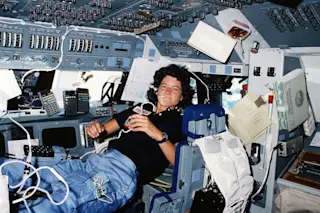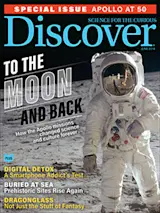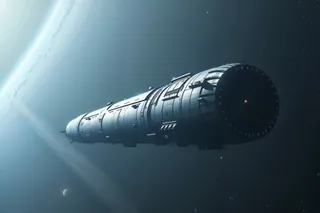Neil Armstrong took one small step for man in 1969, but it would be decades before NASA made one giant leap for American women.
The agency’s first team of astronauts, dubbed the Mercury 7, were selected in 1959 after passing a strenuous series of fitness and medical exams. No women were asked to participate, but a year later, William Randolph Lovelace, the doctor who had designed the qualifying exams, invited seasoned pilot Jerrie Cobb to complete the same qualifiers.
Pilot Jerrie Cobb was the first woman to undergo astronaut testing, though she never flew in space. (Credit: Associated Press)
Associated Press
The testing was intense, including having ice water blasted into her ears to induce vertigo and a rubber tube slid down her throat to test her stomach acid. She passed with flying colors, and within a year, 12 more female pilots not only had passed, but often exceeded the ...















